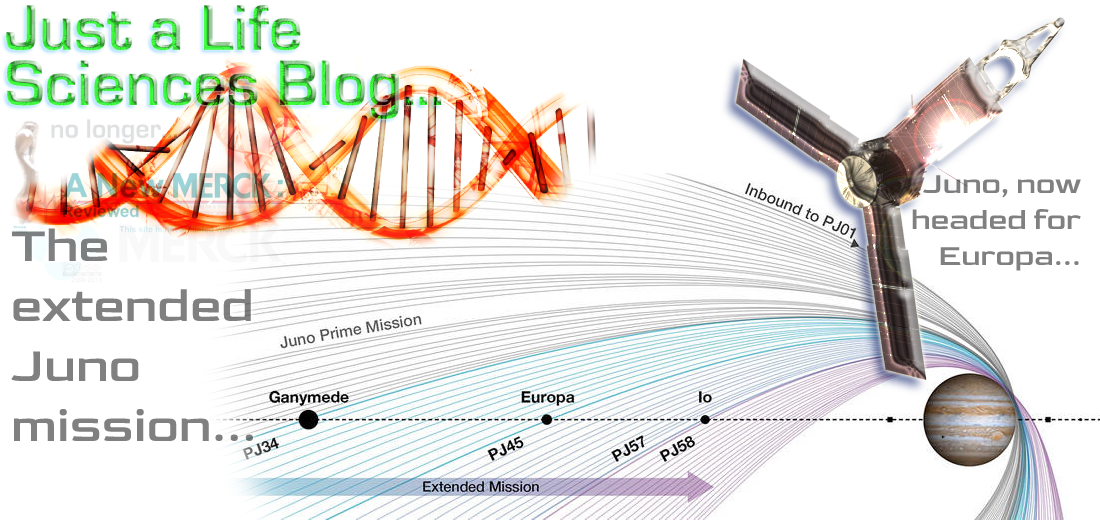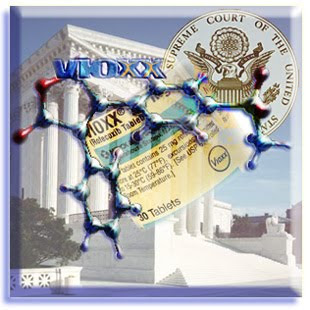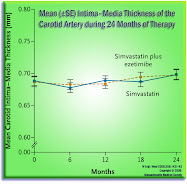It seems the left shoulder super red giant star in the constellation the Greeks called Orion. . .may soon go supernova. And we all may witness up to two years of a night sky with effectively twin moons, aglow. We shall see — but from the fine scientists at Space.com, here’s a bit:
. . . . If the star does become a supernova, Betelgeuse would likely be as bright as, or even brighter than the moon for months and months. . . or even more.Indeed — onward then, as ever. . . here, with a 1921 poem / ode to the star — to boot. Smile. . . .
At 642.5 light-years from Earth, it would be the closest supernova observed and recorded by humans (closer than the Crab Nebula, which is 6,523 light-years from Earth and is the result of a supernova reported to have taken place in A.D.1054). This also means that, if we see Betelgeuse explode tonight, the supernova really took place over 600 years ago, we're only seeing it now. . . .
As I say, I expect just a great bit of interstellar physics learning to come of it — tomorrow, or perhaps 100,000 years from tomorrow. Either way. . . it will be fascinating to keep tabs on. So we. . . will.
नमस्ते

















No comments:
Post a Comment